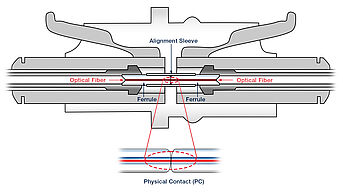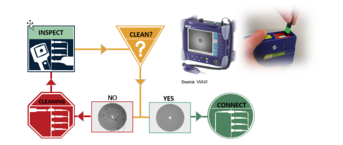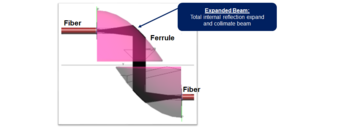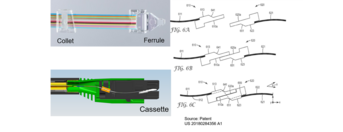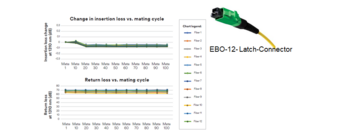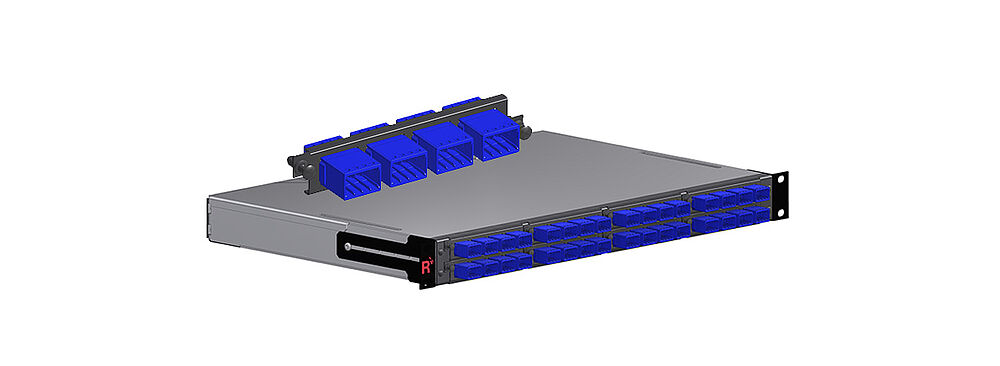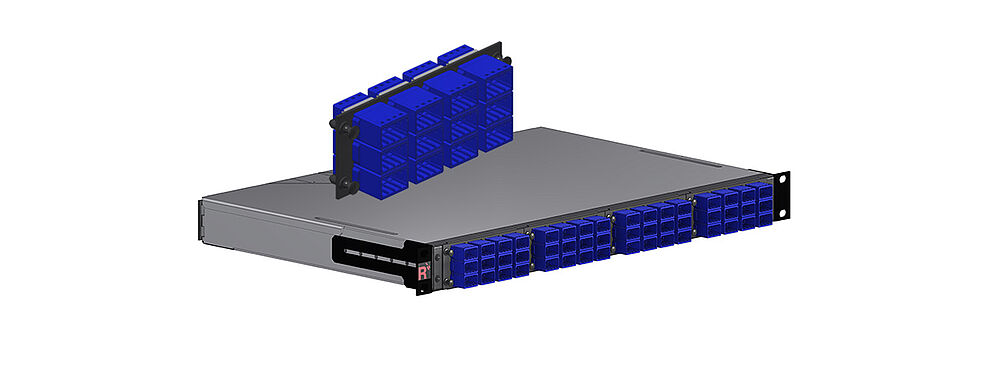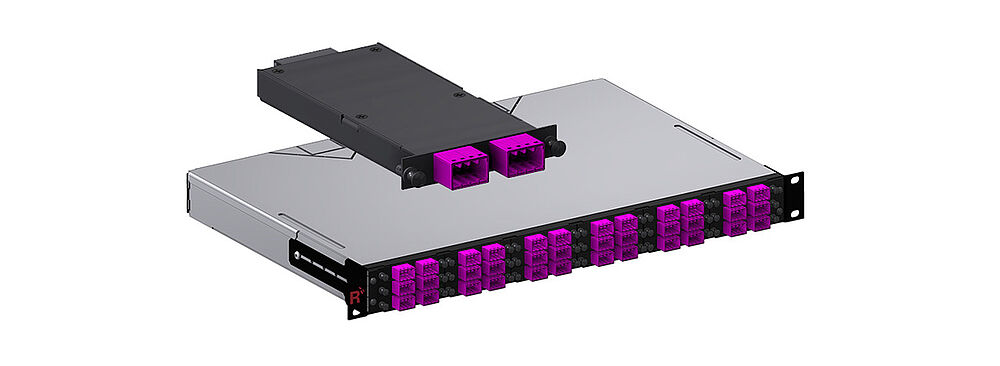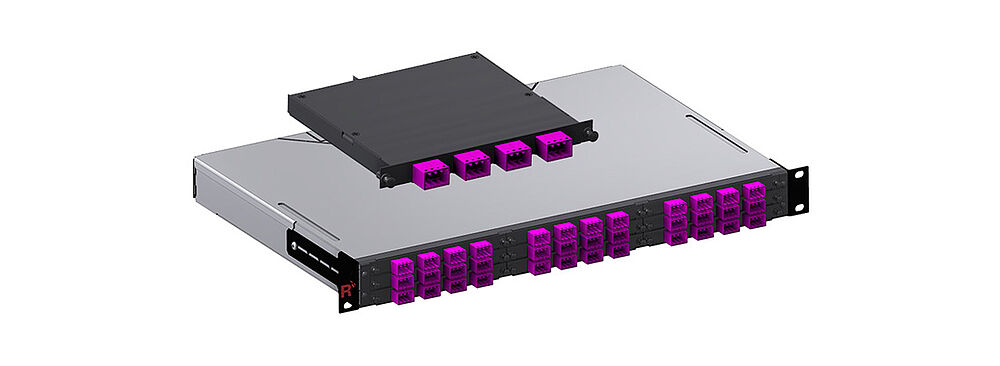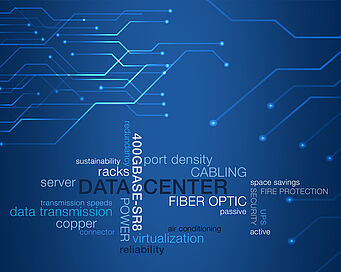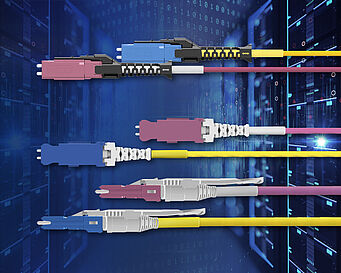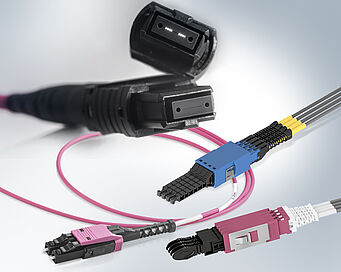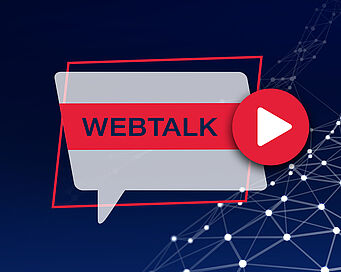Multfiber connectors as key components in the passive fiber optic infrastructure
Technology knowledge around fiber optic connectors
A crucial component for the performance and reliability of fibre optic transmission lines are the corresponding fibre optic connectors. Widespread connector types are: LC connector, SC connector, MTP®/MP connector, E-2000® connector. LC connectors are nowerdays most used in the market and have replaced the SC type step by step during the past few years. MTP®/MPO as multifibre connectors are mainly used within data centre infrastructures. The E-2000® find its home mainly in typical telecom wide area network environments. In addition, new designs like very Small Form Factor connectors and innovative concepts such as "Expanded Beam Optical" are approaching the market.


